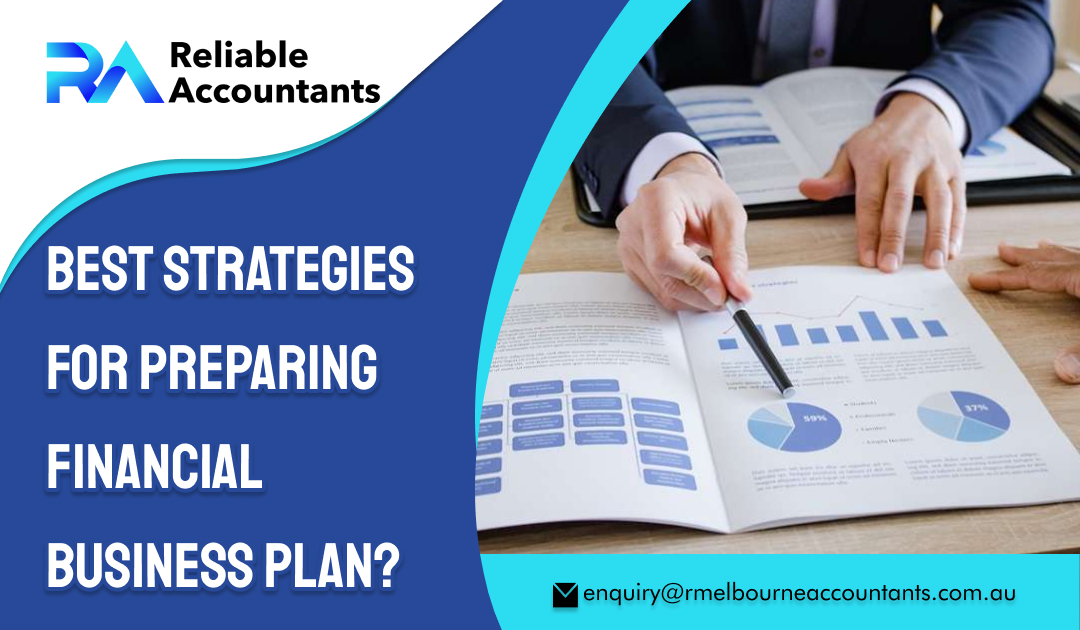A solid business plan lays out the approach for the next several years. It might be used to boost grants and financial proposals for a business. Tax agent Melbourne said people might use it for themselves as a guide to expanding the company.
A business plan’s components outline goals and the steps people must take to move their small business from where it is now to where they want it to be. Describe your target market, your clientele, and the rival companies you face there.
Your Market
Accounting services provider experts suggest prioritising the market segments which you complete after defining the one in which you sell. Which market sector is the largest? What is the size of your market? What are the most significant trends, such as market expansion or shifting consumer preferences, and what are their causes? What major market factors are influencing each significant market segment?
Your Customers
Describe your current consumers’ makeup and demographics. Describe a typical client profile for each market category you are aiming for, such as “first-time house purchasers” or “companies with a turnover of more than $2 million”. Tax accountant Melbourne said that are you largely dependent on sales to select a few sizable clients? It that’s the case, how do you intend to diversify the sales?
Your Competitors
Identify your main competitors. What are their services’ and products’ benefits and drawbacks in comparison to yours? Include topics like value, cost, and reach. Then identify why customers should instead choose your service or product (your competitive advantage). Be careful not to disparage or undervalue rivals.
Financial Performance
Your intended tactics and strategy are translated into financial terms by our financial estimates. List the latest three to five years’ worth of financial history for your company. Tax agent Melbourne suggests dissecting the total sales statistics into their constituent elements. For instance display sales of various product categories or to various client types together with the gross margin for each component of sales.
A current balance sheet and profile and loss statement should be included, together with any significant capital expenditures that were undertaken during the time. Compare changes in profitability, cash flow, and working capital to industry averages and discuss the causes of the changes.
Financial Forecasts
Give predictions for the coming three years. These ought to demonstrate the complexity of your company.
Accounting services provider professionals said that a tiny business could only require a cash flow statement, sales statement, and profit and loss statement. Balance sheet predictions are also necessary for asset-based businesses with complex working capital needs.
To make comparisons easier, follow the same format as the historical data. Explain the underlying assumptions that underlie your forecasts. These should complement the other statement in the plan. For instance, if the strategy predicts more market competition, profit margins would probably be shrinking.
Look at the broad patterns in the predicted and historical data. Do you believe them? Do the forecasts account for potential issues and delays?
Tax accountant Melbourne suggesting to use the cash flow prediction to anticipate your financial needs if you are raising money. The forecasted financial requirement should include a contingency component (usually 10 percent to 20 percent). Take into account any potential min-month peaks as well the expected interest or dividend costs of any further financing.
Specify Your Sales and Marketing Plans
Include the following as you describe your projected sales and marketing efforts.
Positioning
Describe your market positioning for your service or product. For instance:
- High quality and high price?
- Sturdy and good value?
- A specialty item with a unique feature?
- What distinguishing qualities does your product possess, and which of these qualities would you emphasise?
Pricing Policy
What is the pricing structure? Describe the price sensitivity of your goods and services. Consider each product or market sector separately. Determine where your profits come from and where there is room to boost margins or sales. Give an explanation of your pricing strategy.
Promotion
In what ways do you advertise your services or goods? Each market segment will have one or two effective marketing strategies, such as direct marketing, advertising, or public relations. Tax accountants near me suggest starting employing a new promotion strategy on a limited scale first to see if it is effective.
Distribution Channels
How do you currently reach your end user? How do you intend to reach them? Consider the alternatives to your current channels and take note of the ones that your rivals are using for distribution. Outline any plans you may have to match them if they are using particular channels, such as the internet, more efficiently than your company.
Sales Methods
Examine the cost-effectiveness of each of your selling strategies, such as telesales, through an agent, direct sales, or online. Include all unforeseen expenses, such as management time, if you have a direct sales team.
Final Say
Accounting in Melbourne is the best company in Australia with the expert and professional services of business planning and strategies in accounting and financing. If you really want to take advantage of our services you can search tax accountants near me.

